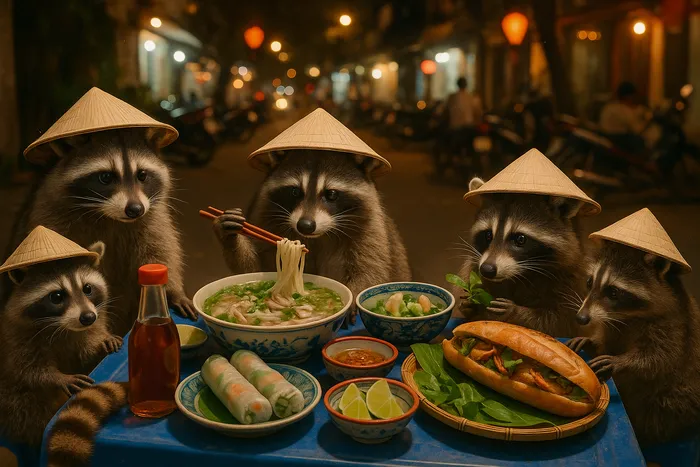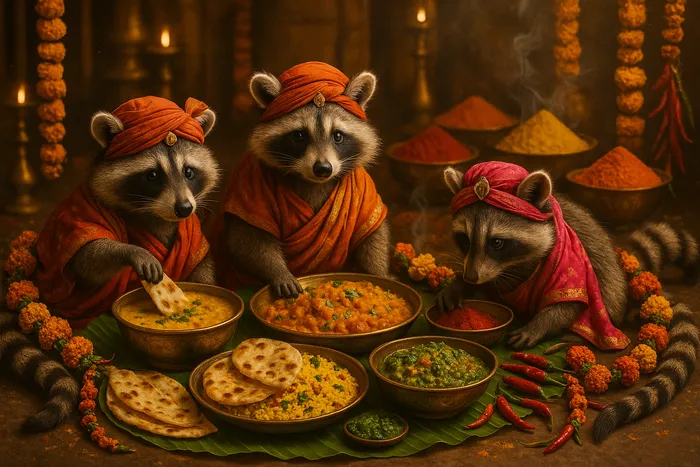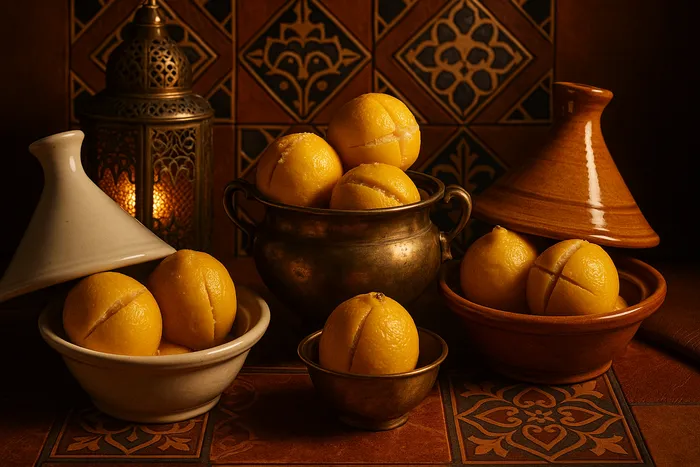travel
Indonesian Spice Islands Journey

Raccook
June 16, 2024
4min read
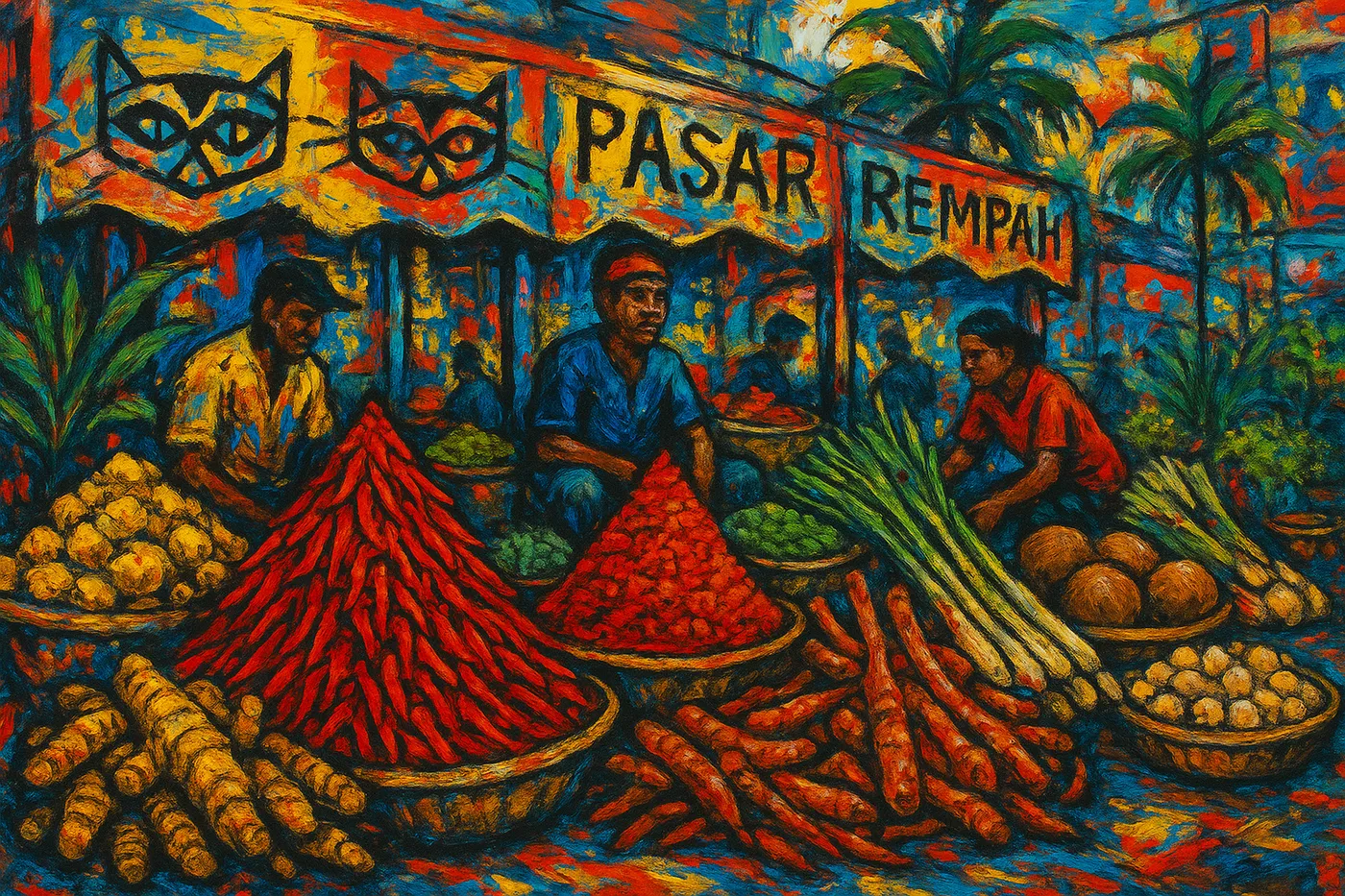
The smell hit me before I even stepped off the plane in Jakarta – that unmistakable blend of cloves, star anise, and something else I couldn't identify but instantly wanted to taste. Indonesia doesn't just use spices; it breathes them, lives them, builds entire culinary traditions around the complex interplay of heat, sweetness, and aromatic depth.
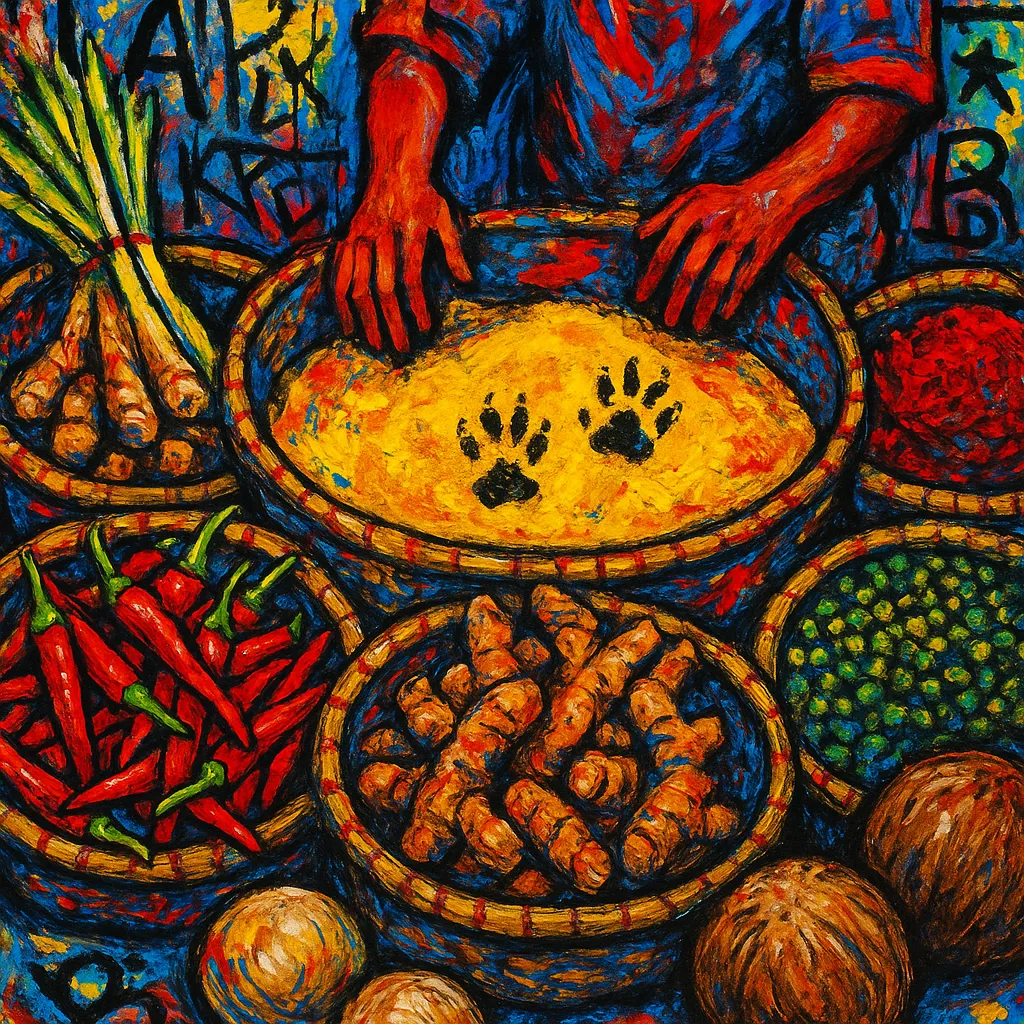
The Spice Route Legacy
Indonesia sits at the crossroads of ancient trade routes, and you taste that history in every bite. This isn't spice for the sake of heat – it's spice as architecture, building layers of flavor that tell stories of centuries of cultural exchange.
In Yogyakarta's Malioboro Street, I watched a vendor prepare nasi gudeg at 4 AM, stirring young jackfruit in a sauce that had been developing flavor complexity for hours. The sweetness from palm sugar, the depth from candlenuts, the warmth from galangal – each element distinct yet inseparable from the whole.
Essential Indonesian Flavors
🌶️ Sambal - Not just one sauce, but dozens of variations across the archipelago
🥥 Coconut - Fresh, dried, milk, oil – used in forms I'd never imagined
🌱 Lemongrass - Adding citrus notes that brighten the richest curries
🧄 Shallots - Fried crispy and scattered on everything
🍃 Pandan - The vanilla of Southeast Asia, coloring rice jade green
🔥 Chilies - From mild to volcanic, each with its own purpose
🌰 Candlenuts - Thickening curries with subtle nuttiness
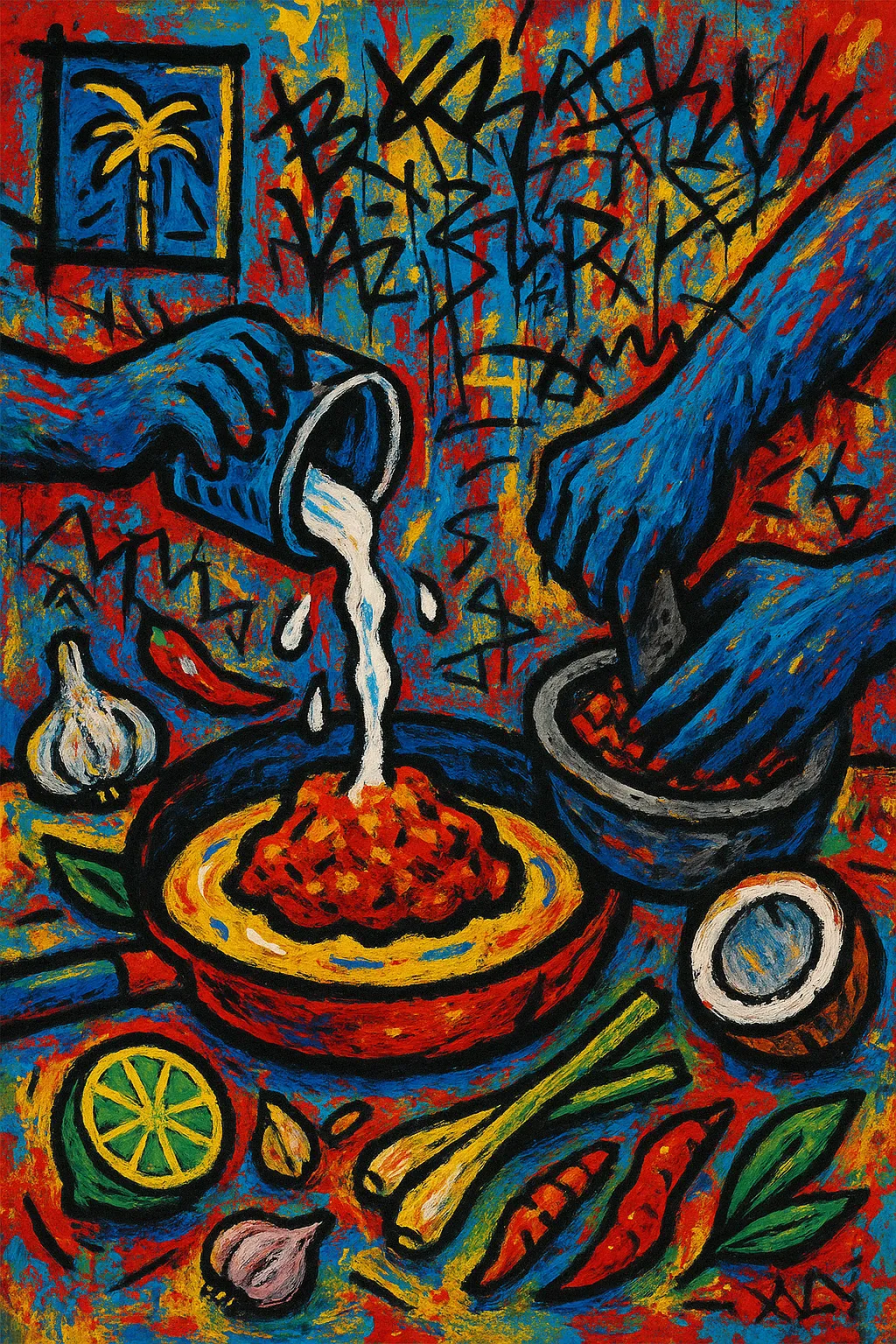
Island Variations
Java taught me that Indonesian cuisine isn't monolithic. In Solo, the food carries royal influences – complex, refined, with subtle sweetness that balances fire. In Surabaya, Chinese influences create different flavor profiles entirely.
Bali surprised me with its diversity beyond tourist fare. Real Balinese cooking uses spice pastes ground fresh daily, creating curries and sambals that change character completely from what you might expect.
Sumatra introduced me to rendang's true complexity – not just the dry version I knew, but the wet curry stage, where beef slowly transforms in coconut milk perfumed with dozens of spices.
The Art of Sambal
Every Indonesian cook has their sambal secrets. In Bandung, I met a woman who made seventeen different sambals, each designed for specific dishes, specific moods, specific times of day. Some were fiery and thin, others chunky with fried shallots, still others sweet enough to be almost like jam.
My Cucumber Salad Sambal is my attempt to capture that bright, fresh heat that cuts through rich foods – though I admit I'm still learning the delicate balance between fire and flavor that Indonesian cooks master so effortlessly.
Market Adventures
Jakarta's traditional markets overwhelmed my senses. Wet markets where live fish swim in plastic tubs next to pyramids of rambutans, where vendors sell spice pastes ground to order, where the air is thick with the smoke from countless street food carts.
In Yogya's Beringharjo Market, I spent an entire morning just watching a spice vendor work. She could identify dozen of different chilies by sight, knew exactly which combination would work for rendang versus which was better for ayam goreng.
Street Food Revelations
Indonesia's street food culture runs deeper than convenience – it's community kitchens, mobile restaurants, culinary traditions passed down through generations of cart operators.
Gado-gado vendors carry entire kitchens on their shoulders, setting up intricate peanut sauce operations wherever they stop. The sauce isn't just mixed – it's orchestrated, with different components added in specific orders to create the perfect balance.
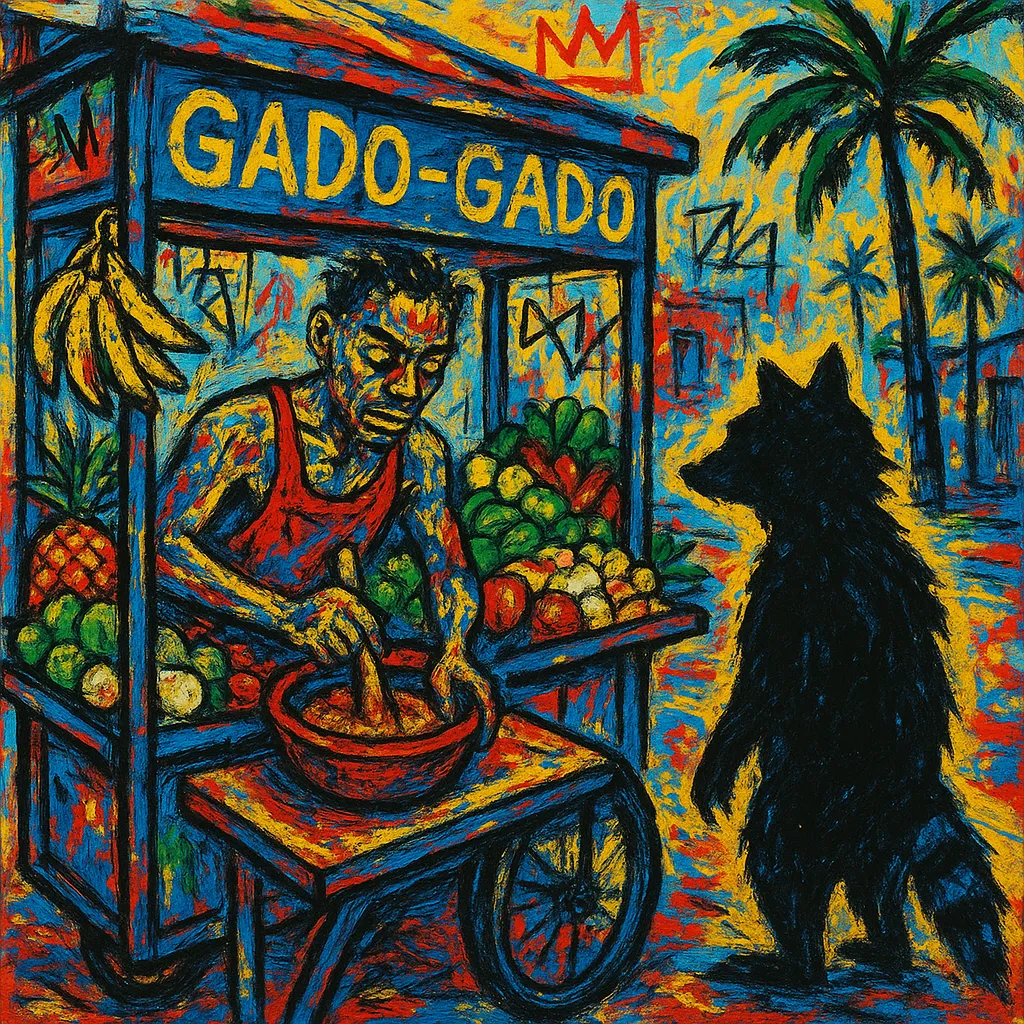
The Complexity of Rendang
My Beef Rendang recipe tries to capture what I learned watching it made properly in Padang. True rendang isn't fast food – it's meditation. The slow reduction of coconut milk, the gradual darkening of the sauce, the way the meat transforms from braised to almost candied in its own concentrated flavors.
Each spice in the rendang paste serves a purpose beyond flavor – galangal for heat, lemongrass for brightness, turmeric for color and earthiness. It's chemistry disguised as cooking.
Indonesian Hospitality
What struck me most wasn't just the food's complexity but how it's shared. Indonesian meals are communal by default – rice in the center, dozens of small dishes surrounding it, everyone eating from the same plates with their hands.
There's something profound about eating with your hands that connects you more directly to the food. Temperature, texture, the way rice holds sauce – it all becomes more immediate, more intimate.
Every Indonesian meal I shared felt like an invitation into something larger than dinner. It was cultural exchange through spice pastes, friendship built over shared sambal, stories told through the language of coconut and chili and palm sugar.
The complexity of Indonesian cuisine mirrors the complexity of the culture – thousands of islands, hundreds of languages, countless local traditions all somehow finding harmony in the shared language of exceptional food.




